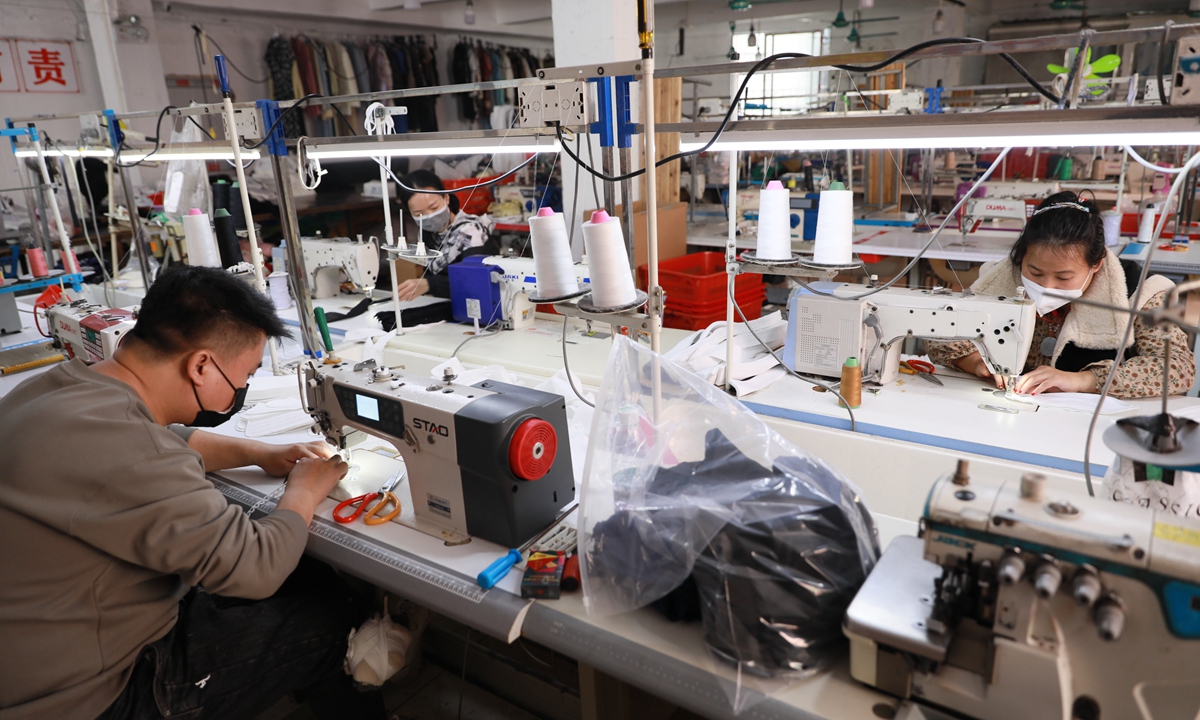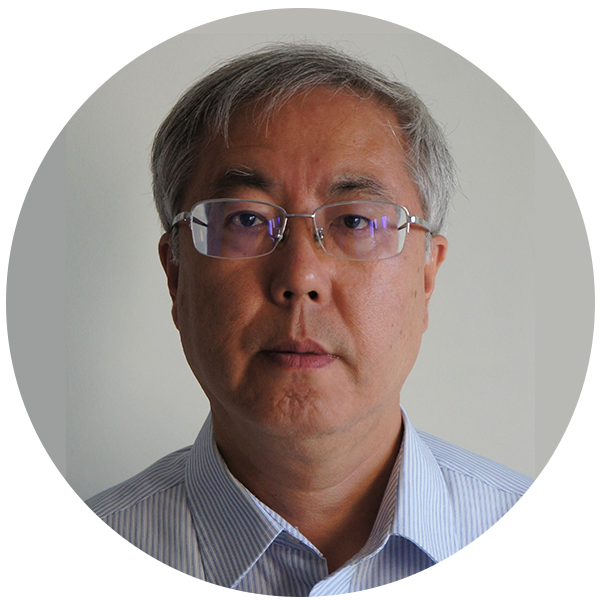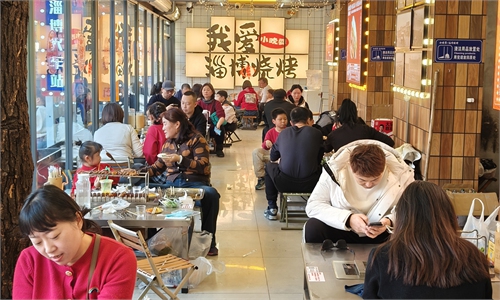Garment plants show China’s economic transformation

On February 1, 2023, in Kangle Village, Guangzhou, employees are working in a garment factory. Photo: VCG
There is a popular term in China called "Zhuangshan", which means that someone else is wearing the same clothes as you. If you see the videos of Chinese New Year, tens of thousands of Chinese people are celebrating together, but very few of them dress the same.When the American table tennis team came to Guangzhou more than 50 years ago, the first thing they saw would have been Chinese people wearing the same blue clothes and riding the same brand of bicycle.
However, today's Chinese dress code has changed dramatically.
China has consistently been the world's largest textile producer, and its clothing market is characterized by diversity, individuality and variety. This is one of the biggest changes in the Chinese economy.
Over the years, the media and experts have been talking about the US containment of China's chips and China's catching up in this field. The whole rhythm of China's development also seems to be centered on the chips industry.
During the Spring Festival, I visited the "garment-production villages" in Guangzhou and the nearby International Textile Market. Although many of the stores were closed for the Spring Festival holidays, and many people who work and live in the village had gone home, the scale of the village and the market was still astonishing.
Kangle Village, located near the south campus of Sun Yat-sen University, is one of the "garment-production villages" with a relatively large scale. It has as many as ten thousand small garment factories on nearly 1 square kilometer of land. The nearby International Textile Market, with more than 4,000 stores, is the largest textile wholesale market in Asia, specializing in textile fabrics and accessories.
Most of the garment workers here are from Hubei Province. They are skilled, diligent and adaptable, and are usually able to fulfill small orders within 24 hours. Of course, this is supported by the complete supply chain, online shopping platforms and convenient transportation across the whole country and the world.
For many years, it is this complete production system that supports the essential part of China's manufacturing which has become popular worldwide. Many Chinese textile enterprises move to other countries because of rising production costs, but this garment-production model in Guangzhou cannot be moved, nor can it be "copied" by other countries.
The most powerful thing about garment-production villages is that they are flexible and can adapt to the requirements of clothing anywhere in the world. They can even take orders of just a few items of clothing.
US media reports said many American girls wear a different outfit every time they go out partying and they don't want to wear the same outfit as anyone else. It is only Chinese clothing businesses that can provide such cheap and varied clothing that can be bought online and delivered fast.
The living environment of urban villages has always been a concern of the local government. The Guangdong government has already formed a program on how to continue to maintain the current mode of production based on improving the living and production environment of workers, while enhancing the overall quality of production.
According to the plan, the urban villages that I visited will go under transformation. The whole production system will be transferred to Qingyuan in the northeast of Guangdong, where a new production base has already been built.
The government has adopted a subsidy policy of ensuring a base salary of 8,000 yuan ($1,112.6). The production park is also offering dressmaking training courses for workers with no experience who want to enter the garment industry, with plans to train 200,000 skilled tailors in three years.
Will such a large-scale transfer be successful? Some have described it as a "heart transplant." The relocation of a small factory means the relocation of a family, as well as other factors, including the production, supply and transportation chains. This means the rebuilding of a system is needed.
The changes taking place in Guangzhou's garment industry reflect the difficulty of upgrading China's economy. China faces the same challenge in the production of many small and medium-sized products.
High-quality development is not just about breakthroughs in areas such as chips, but also about upgrading the production of mid- and low-end products and keeping China's garment industry resilient in the global market. However, when more and more consumers around the world do not want to "dress the same," it provides a huge opportunity for the development of China's textile manufacturing industry.
The author is a senior editor with People's Daily, and currently a senior fellow with the Chongyang Institute for Financial Studies at Renmin University of China. dinggang@globaltimes.com.cn. Follow him on X @dinggangchina




